Senua's Saga Hellblade 2 review: Superlative visuals set scene for harrowing tale
Hellblade 2 remains the most technically impressive experience I’ve ever played through. Through the chosen medium of games, Ninja Theory tells a compelling narrative that, if you can put up with some rather archaic gameplay, will leave you deeply satisfied - and maybe just a little traumatised.
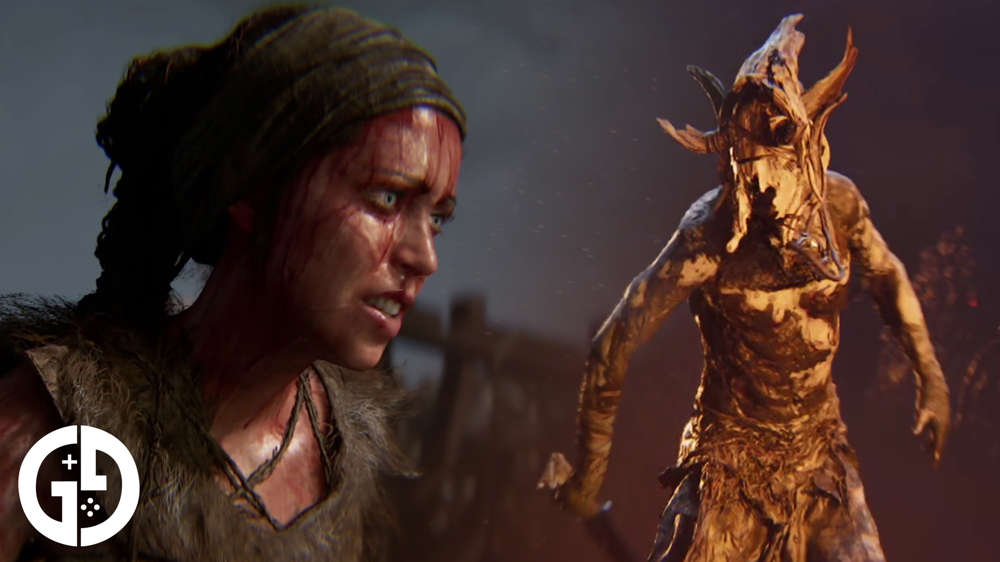
Hellblade 2 remains the most technically impressive experience I’ve ever played through. Through the chosen medium of games, Ninja Theory tells a compelling narrative that, if you can put up with some rather archaic gameplay, will leave you deeply satisfied - and maybe just a little traumatised.
Images via Ninja Theory
Franchise
Hellblade
Platform(s)
Xbox Series X|S, PC
Released
21/05/2024
Developer
Ninja Theory
Genre
Action-Adventure
Publisher
Xbox Game Studios
Engine
Unreal Engine 5
Multiplayer
No
ESRB
Mature 17+, Blood and Gore, Intense Violence, Strong Language
Seven years on from her original adventure into the depths of hell, Senua’s Saga continues in Hellblade 2. Armed with a much newer version of the Unreal Engine, and a renewed sense of confidence following the breakout hit of the 2017 prequel, Hellblade 2 is a shining example of how close to the limit we can push the technology behind our games.
However, while the technical prowess might feel decidedly next-gen, Ninja Theory hasn’t quite managed to lend that same level of innovation to its gameplay ideas. With one foot planted firmly forward in its overall presentation, Hellblade 2 fails to truly pioneer the genre of narrative games with its other foot planted firmly in the past.
GGRecon Verdict
Hellblade 2 remains the most technically impressive experience I’ve ever played through. Through the chosen medium of games, Ninja Theory tells a compelling narrative that, if you can put up with some rather archaic gameplay, will leave you deeply satisfied - and maybe just a little traumatised.
On stranger tides
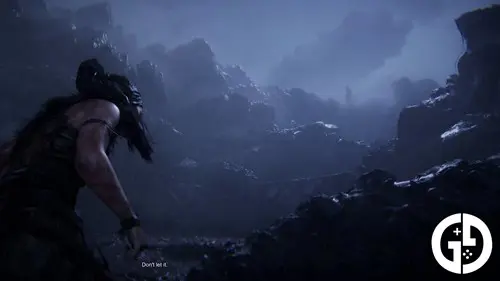
Senua’s story picks up as she crosses the Norwegian Sea to Iceland, intentionally captured by slavers on a mission to take out their leader. Following the events of the first game, Senua immediately presents as a far stronger character in Hellblade 2, with her experiences clearly having stuck with her.
That’s not to say that she’s without struggle. It’s not long before Senua’s ship runs into trouble, causing her to plunge into the icy depths and giving us our first taste of the harrowing presentation style Hellblade 2 adopts. While showing tight shots of captured slaves writhing and convulsing in their chains as water floods their lungs, you’re greeted with Senua’s inner monologue in your ears. Her experience of psychosis hasn’t disappeared, and the breathy voices that pan around your ears as binaural audio constantly egg, berate, or empower you as the adventure continues.
The opening moments aren’t even the first time you’ll watch Senua experience a near-drowning, either. Throughout Hellblade 2’s runtime, you will watch plenty of folks drown, get burned alive, ripped apart by cannibals, or crushed by giants in the most detailed, distressing ways possible. The camera doesn’t shy away from these events, and when paired with the oppressive soundtrack, piercing screams from incredible performances, and constant voices nagging in your head, it’s a tormentful game to play at the best of times.
Thankfully, Hellblade 2 frontloads the vast majority of its truly horrific setpieces, and it’s not long before the three-act structure of the story begins to unfold, with clear goals encouraging you to press on through the dread to a more hopeful ending.
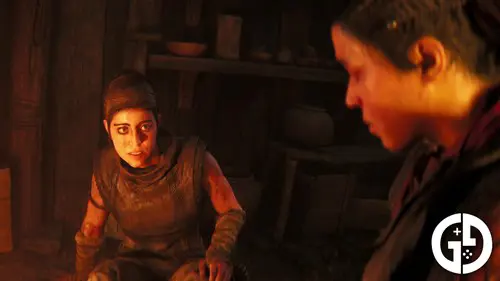
The trepidation is also alleviated once Senua begins to meet the cohort of supporting characters, which is a welcome addition following the last game’s solo adventure. I won’t spoil how or where these companionships materialise, but having physical characters for Senua to bounce off of elevates the narrative in a way that its prequel couldn’t.
While Hellblade 2 is still firmly an exploration of Senua’s character, I do wish that we had longer to explore the supporting cast. There’s only so much that Ninja Theory managed to fit into the five-hour runtime, and the semi-abrupt ending does mean that at least a couple of Senua’s new pals don’t quite get the resolution they deserve.
Painstaking detail
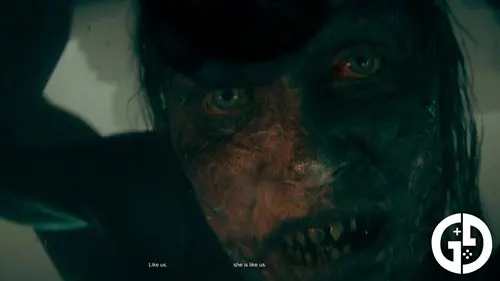
In the presentation department, Hellblade 2 stands head and shoulders above the competition and is easily the most impressive showcase of what modern rendering techniques are capable of. It aims for a photorealistic style and, more often than not, hits that brief to a tee.
The team at Ninja Theory has thoroughly documented its work in photogrammetry in its development diaries, exploring the extreme lengths it’s gone to capture the Iceland landscape and the characters it’s placed within it. The results are clear to see, with countless cinematic shots regularly shattering the boundaries of the uncanny valley. I reckon you could quite easily fool someone who’s familiar with games that various scenes from Hellblade 2 are actually live-action.
This realism comes mostly from the performances, as well as ridiculously accurate lighting techniques. There are plenty of scenes where a character is placed between the camera and a light source, and the way that the light scatters across and through the skin is largely what sells the illusion.
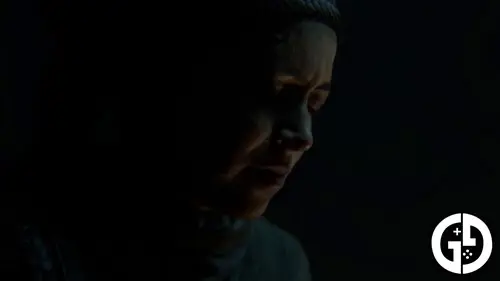
Melina Juergens puts in a shift as Senua. The control that she has over her facial muscles is incredible, with the motion capture picking up every tiny twitch in her cheeks, brows, and eyes. Through this, Senua can convey a litany of emotions through a single close-up shot of her face, with very little dialogue needed to spell it out for the player. When dialogue is required, Juergens showcases a truly staggering breadth of her abilities, ranging from quiet mutters to some of the most heart-wrenching, guttural screams that I’ve ever heard in media.
The attention to detail extends to the animation department, especially when the combat ramps up. Controlling Senua doesn’t feel as though you’re triggering canned animations. Instead, her character model seamlessly blends into each movement, whether that be a dodge move or an attack. There’s a fairly extensive list of takedown animations too which are gloriously gruesome in their own manner. These can sometimes repeat, which is a little jarring, but the sheer spectacle is enough of a distraction in most cases.
One step forward, two steps back
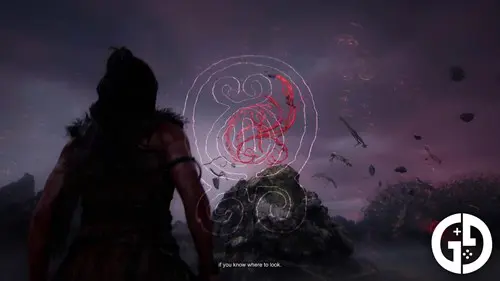
Sadly, while the visual presentation of Hellblade 2 is easily its biggest blessing, the gameplay that it’s paired with is mechanically shallow. Throughout the story, you’ll spend most of your time navigating Senua through, albeit gorgeous, linear environments to her next objective. There’ll be a few low ledges to clamber over or the occasional tree to duck beneath, but it’s largely a bit of a walking sim for much of its runtime.
When you are tasked with something a bit more mentally taxing, it’s usually to solve a basic environmental puzzle. Lining up details in the environment to discover hidden runes and unlock doors returns from the first game but in a much smaller quantity. There’s also another puzzle mechanic in which you’ll need to focus on a floating bubble in the environment to switch the locations of bridges and rockpiles as you progress through an area.
All the puzzles I encountered during Hellblade 2’s story were remarkably simple. The act of solving each one only ever took one glance at the area, with the next five minutes spent executing the solution. I rarely found them satisfying, which is a real shame given how mechanically challenging some of the puzzles in the first game were.
Things do step up slightly when you get to a couple of boss battles in Hellblade 2. These are much more action-focused and require you to navigate a stage with a timing element involved. Those timing windows are quite short but still lenient enough to avoid the stages becoming frustrating.
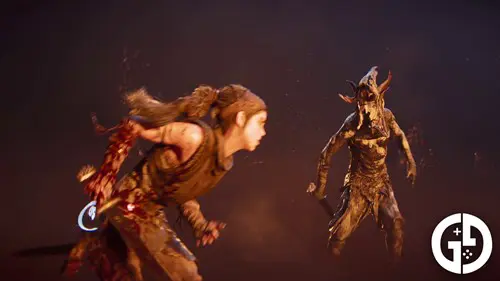
The only other real gameplay element you’ll encounter is combat, which hasn’t changed at all since Senua’s last outing. You’ve got a basic and a heavy attack, a dodge, and a block that also doubles as a parry when pressed at the right time. Senua’s mirror also returns, providing her with a powered-up flurry every so often.
The enemies are much more terrifying in their designs this time around, but still follow the very basic attack patterns that you’ll have seen in any other melee-based combat system. Defeating them is still a satisfying affair, and the combat sections never stick around longer than they need to. However, when the rest of the game’s design is so innovative, the basic nature of the combat and puzzle mechanics stick out like a sore thumb.
My main criticism of Hellblade 2 is that Senua doesn’t evolve from a gameplay sense at all throughout the story. From the moment you start playing through until the closing credits, Senua doesn’t pick up any new tools that might aid in varying the gameplay slightly. Ninja Theory is purely relying on the weight of the story and its presentation to pull you through.
For me, narrative games of this ilk are at their best when the gameplay ties the player thematically into the story - and there’s none of that here. For all of Ninja Theory’s creativity that’s so vibrantly clear in the visual presentation, it’s a crying shame that little of that talent has been channelled into thinking up some new mechanics to pair alongside.
The Verdict
Hellblade 2 is a game that relies far more on its visual presentation and storytelling than its gameplay mechanics to keep the player engaged. That might cut the mustard for a certain audience, but as a lover of the genre, I feel that Ninja Theory could have done with thinking a little more out of the box to tie the narrative and gameplay together more intrinsically.
That said, this second chapter in Senua’s Saga remains the most technically impressive experience I’ve ever played through. Through the chosen medium of games, Ninja Theory tells a compelling narrative that, if you can put up with some rather archaic gameplay, will leave you deeply satisfied - and maybe just a little traumatised.
4/5
Reviewed on PC. Review code provided by the publisher.
Comments

